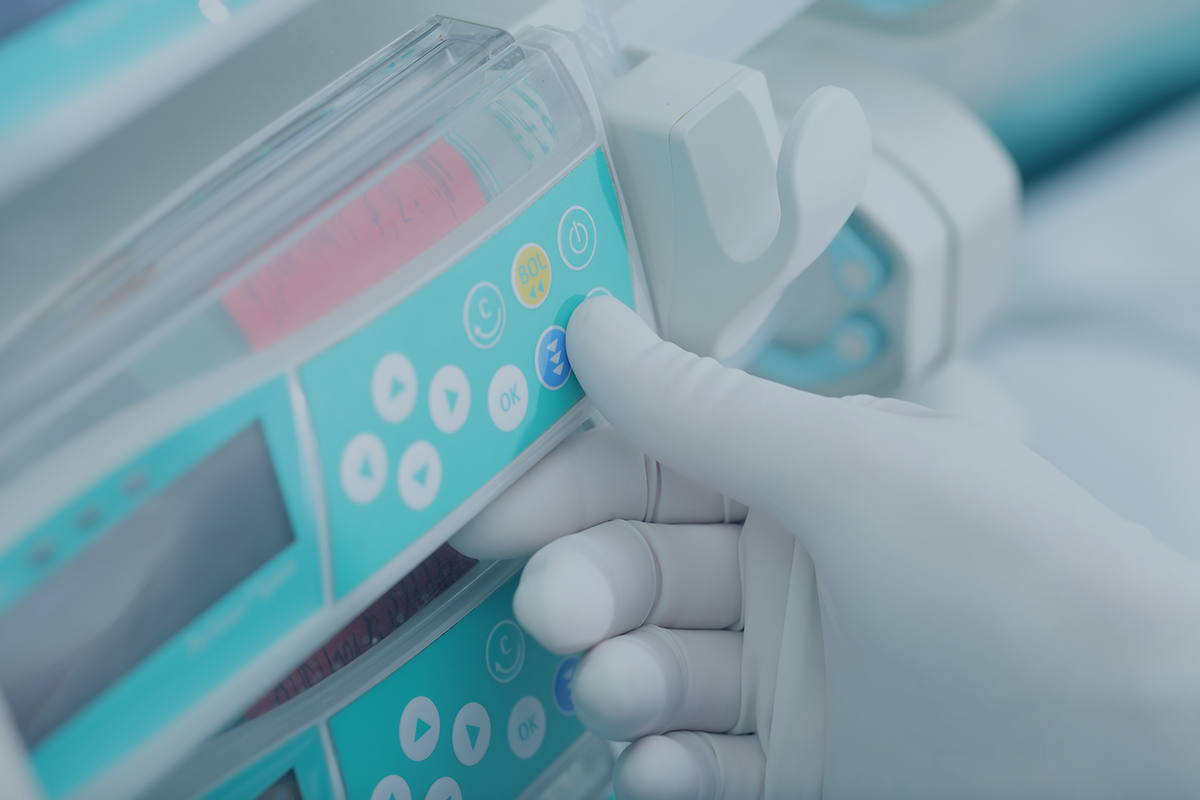
Medical device usability design
Usability is an important part of each and every piece of device and software. When human health is concerned, it is even more crucial. The IEC 62366 standard helps manufacturers ensure that usability is factored into the development process of a medical device early on.
The IEC 62366 standard for the usability of medical devices focuses on the application of usability technologies as a part of medical device development. The documentation of the standard describes a process for analyzing, defining, developing and evaluating the usability of medical devices, as well as methods for implementation.
When it comes to software development, the concept of usability is generally used to describe a smooth and pleasant user experience. The primary goal of the standard for medical device usability, however, is to ensure patient safety. The operating systems for medical devices should therefore be designed so that in case of use errors, the device will not cause danger to the patient or the device user.
The usability standard documentation is divided in two parts:
- The first part describes the process for applying usability technologies and preparing the documentation required by the standard.
- The second part provides examples illustrating how the process described in the first part may be implemented, introduces different methods for usability design and expands the guidelines for usability design to other areas outside safety.
Usability development process according to the IEC 62366-1 standard
The main goal of the usability development process is to minimize any errors arising from poor usability. Good user interface design plays an important part in this process. The process described in the IEC 62366-1 standard identifies potential dangerous situations related to usability as a part of general risk management.
A use error is a situation in which a user action or inaction leads to a different outcome than the manufacturer intended or the user expects. Use errors may, for example, adversely affect the care a patient receives. Intentional misuse or malfunction is not considered a use error.
In a nutshell, the usability development process consists of an iterative cycle that first defines the context where the device is to be used and its usage requirements. The next step is to identify dangerous situations and related use cases. This is followed by the design and implementation of the user interface, after which the interface is tested to ensure that it meets the relevant requirements without detectable operating errors or dangerous situations. The need for possible alterations or additions to the existing documentation is reconsidered every time the process moves to a new phase.
Why should you use the IEC 62366 standard?
The European Union’s previous Medical Device Directive (MDD) did not set very specific medical device usability requirements that the manufacturers would have had to fulfil in order to place their product on the market. Following a transitional period, the new Medical Device Regulation (MDR) came into effect in 2021. Unlike its predecessor, it includes a broader range of criteria that defines the ways that usability must be taken into account from the design phase onwards.
According to the requirements of the MDR, the medical device must correspond to the intended use specified by the manufacturer. Additionally, the device must be safe and effective to use in the intended context and environment. Due to the fact that the regulations and directives apply to such a wide variety of products, their requirements are very general in nature.
Standards help manufacturers to fulfil these otherwise quite vague requirements. They provide detailed information for product development in order to ensure that the products correspond to the requirements specified in the relevant regulations and directives. By ensuring compliance with the process outlined in the IEC 62366-1 standard, manufacturers can be confident that their products meet the usability requirements of the MDR.
In addition to being able to launch the product in accordance with relevant regulations, the process also serves to minimize the potential of usability problems, which improves the general user experience. Most importantly, usability allows us to improve patient safety.
Read more:
- IEC 62366-1:2015
- Finnish Standards Association
- International Electrotechnical Commission
- Medical software development – how does it differ from other software development?
- How to get your medical device faster to market
- Product development of medical devices – ISO 13485 is now a requirement

Johanna Ylitervo
UX Designer